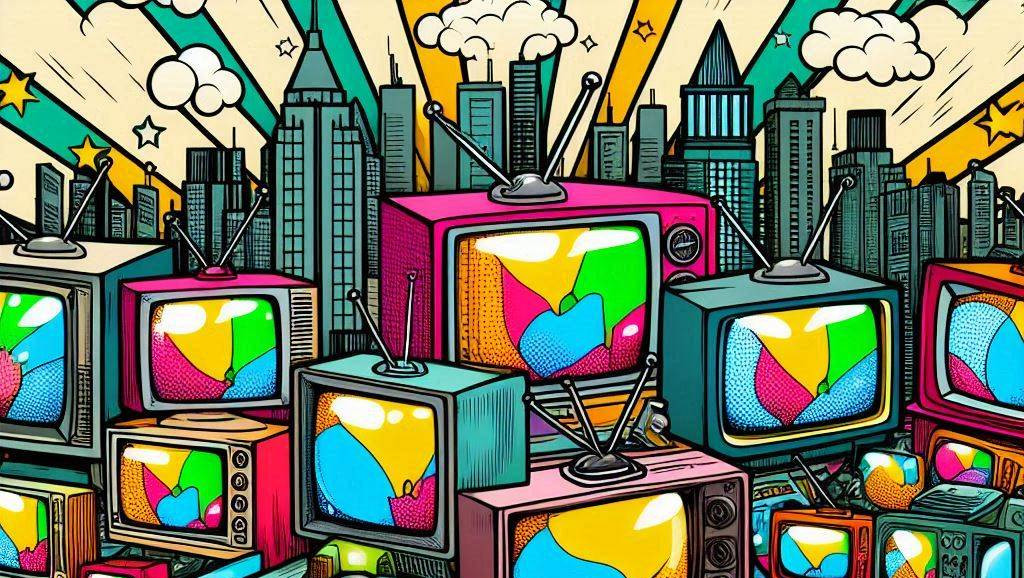When Screens Converge: What is the Future of CTV and OOH?
by on 23rd Oct 2025 in News

Johnny O'Neill, VP customer success at VideoElephant, gathers his thoughts on what the Digital Place Based Advertising Association's Video Everywhere Summit revealed about the CTV and OOH landscapes, from context as a currency to measurement and standardisation.
The conversation at this year’s DPAA (Digital Place Based Advertising Association) Global Summit made one thing crystal clear: the lines between Connected TV (CTV) and Out-of-Home (OOH) are disappearing. Whether the screen sits in a living room, a retail aisle, or a restaurant, audiences no longer differentiate where content is experienced – they simply expect it to be engaging, relevant, and easy to consume.
For those of us who live at the intersection of streaming, content, and advertising, that convergence isn’t just exciting – it’s transformational. Here are five key takeaways from the conference that highlight where the industry is headed, and how companies like VideoElephant are helping shape that path forward.
CTV and DOOH are no longer separate worlds
As one panelist put it, “If you strip away the category labels, CTV and DOOH are part of the same continuum of digital video – the only difference is where the screen happens to live.”
That line resonated across the summit. For years, digital out-of-home has fought to be viewed alongside other premium video channels. Now, the data, creative tools, and targeting capabilities have caught up. Advertisers are beginning to plan OOH the same way they plan CTV: audience-first, outcome-driven, and fuelled by storytelling.
At VideoElephant, we see this every day. Our CTV OOH network – spanning 200,000+ screens across 210 DMAs in the US and Canada – extends the reach of CTV campaigns into real-world environments, connecting the same content and creative to audiences wherever they are. It’s no longer “CTV versus DOOH”. It’s all part of one evolving digital-video landscape.
OOH is poised to unlock CTV budgets
A recurring theme throughout the conference was how to unlock the billions in CTV and digital-video budgets that have yet to flow into OOH. Advertisers are already comfortable with programmatic pipes, measurement dashboards, and viewability metrics. What’s been missing is consistency – standardised reporting, creative flexibility, and assurance that OOH can deliver the same level of precision as in-home CTV.
That’s changing fast. With automated reporting through various platforms and transparent 1:1 delivery models, modern CTV OOH solutions can prove impact and efficiency in the same language that buyers use for CTV. The result is a new wave of investment from brands that once viewed OOH as a “nice-to-have” supplement.
When video storytelling can extend seamlessly from streaming devices to digital screens in restaurants, gyms, and hotels, it ceases to be an outlier – it becomes a natural extension of omnichannel media plans.
Context is the new currency
Perhaps the most repeated phrase of the day was “context drives performance”. Attention, recall, and purchase intent all rise when ads appear alongside content that matches the mindset of the moment.
This is where CTV OOH has an intrinsic advantage. A traveller waiting in an airport, a shopper browsing a grocery aisle, or a guest checking into a hotel are all in unique environments – each one offering a distinct opportunity for contextually aligned storytelling.
VideoElephant’s own Hub Study found that 64% of consumers are more likely to watch a video that combines content and ads than an ad alone. That insight underpins our entire programming approach: curating videos that feel native to the venue. From travel clips in airports and adventure stories in hotels to wellness content in gyms, context isn’t an afterthought – it’s the catalyst that makes screens matter.
Measurement and standardisation will define the next year
Another major thread from DPAA was the collective industry push toward unified standards for measurement and attribution. With the ongoing fragmentation of media, advertisers need assurance that impressions in OOH environments can be verified, comparable, and optimised alongside CTV and digital video.
Several speakers noted that 2026 will be the year when those frameworks solidify – allowing CTV OOH to be evaluated on the same playing field as CTV, linear, and online video.
VideoElephant has leaned into this evolution with automated, transparent reporting and partnerships that support true accountability. For buyers, that means no multipliers, no mystery math – just a clear, 1:1 representation of performance across premium, brand-safe environments.
Storytelling is what makes OOH stick
Even with all the data, automation, and targeting advances, one theme rose above the rest: creativity still wins. The best out-of-home experiences aren’t static billboards – they’re dynamic, story-driven moments that capture attention in the flow of daily life.
OOH succeeds when it feels like an experience, not an interruption. And video is the ideal medium for that. From a thirty-second spot at a bar to a two-minute feature in a waiting room, well-curated content transforms passive viewing into meaningful engagement.
That’s why VideoElephant positions its CTV OOH offering not as signage, but as screen-based storytelling in the wild. It’s about bringing the quality and intentionality of CTV programming into environments where people live, shop, and socialise.
The bottom line: The screen has no boundaries
The takeaway from DPAA’s Global Summit wasn’t just optimism – it was alignment. The ecosystem is coalescing around a shared truth: audiences move fluidly between screens, and the advertising experience must move with them.
As CTV and OOH converge, the industry’s focus will shift from where content plays to how it performs. That opens powerful opportunities for innovation across media planning, creative development, and brand storytelling.
For VideoElephant, that’s the opportunity we’re building for – a world where content travels as freely as its audience does, and where the same compelling video can connect brands and consumers in every environment imaginable.









Follow ExchangeWire